iMore Verdict
Bottom line: Bulbrite's Solana line offers excellent looks and convenient controls all at an affordable price. If you are in the market for a stylish alternative to the traditional smart bulb and don't mind missing out on HomeKit, then the Solana bulbs should definitely be on your radar.
Pros
- +
Affordable
- +
Multiple styles
- +
Dimming & Temperature adjustments
- +
Supports Alexa and Google Assistant
Cons
- -
Large size
- -
Not the brightest
- -
Doesn't support HomeKit
- -
Requires internet connection
You can always trust iMore.
Make no mistake about it, the classic filament light bulb design is back and here to stay. These updated bulbs are not only stylish, but they sport the same energy savings as traditional LED light bulbs, and now in the last couple of years, they have added smart wireless technology for convenient controls.
I recently set up a trio of smart filament bulbs from the Bulbrite Solana line, and found that the trendy design definitely adds some character to rather ordinary light fixtures. This character comes not just from the exposed "filaments" inside of their glass housing, but also from their adjustable color temperature, giving them the ability to add yellowish and white tones to any surrounding, on-demand. Needless to say, I am a fan of the look, and of course, the smarts.
Same, but different
Bulbrite Solana Smart Filament Light Bulb: The features
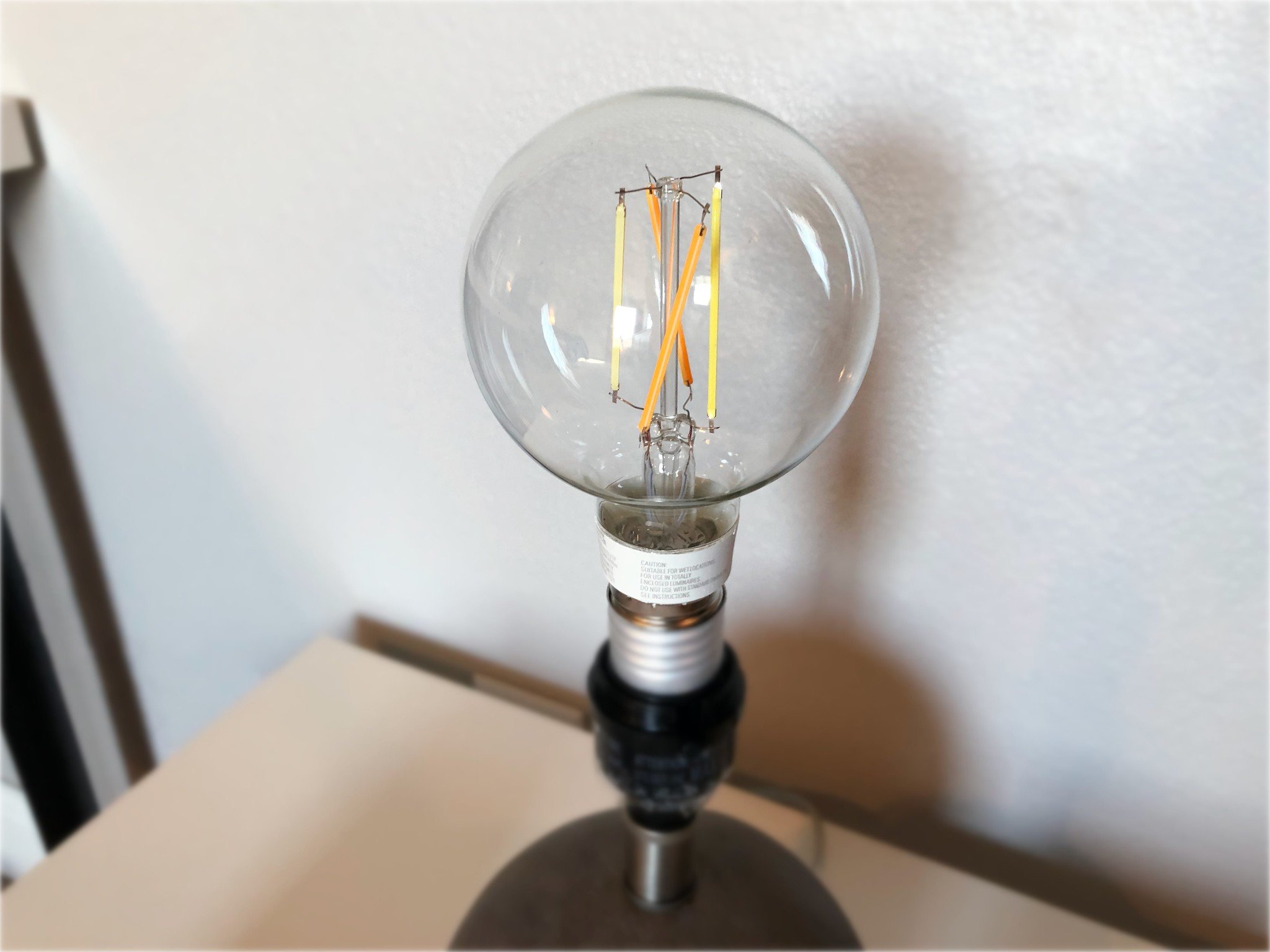
The Solana filament lineup spans three different bulb shapes, the standard A19, G25 globe, and ST18 Edison, each of which uses a medium screw base that is compatible with the majority of fixtures around. The Solana bulbs are made of glass, with a small white support at the bottom, and inside are thin LED strips arranged in a criss-cross pattern to give the filament look.
All three bulbs are listed as consuming just 5.5 watts of energy when in use, however, the bigger variants are, for some reason, labeled as 60-watt equivalents, versus the A19 being listed as 40-watt. Each bulb is only capable of producing a maximum of 600 lumens of light, again, despite the difference in marketing. The bulbs support just white light, although they are dimmable, and tunable, allowing users to adjust them from a soft white shade to daylight.
Lifespan is rated at just over 13 years with standard use, and Bulbrite offers a 2-year limited warranty. Bulbrite states that the bulbs can be used outdoors in enclosed fixtures. However, I was unable to find any information regarding potential weather resistance, and the company mentions that lifespan will be impacted by extreme conditions. Bulbrite also states that the bulbs are only suitable for traditional light switches and lamps, and not those of the dimming variety.
The Solana line works with a free app, as well as Alexa and Google Assistant, for convenient controls without a subscription. The bulbs utilize 2.4ghz Wi-Fi for connectivity to your home network and work without a separate hub, which is nice, particularly as all three sizes are sold for below $20 each. In addition to standard on and off controls, the Solana app has scheduling options and support for scenes.
Responsive controls
Bulbrite Solana Smart Filament Light Bulb: What I like
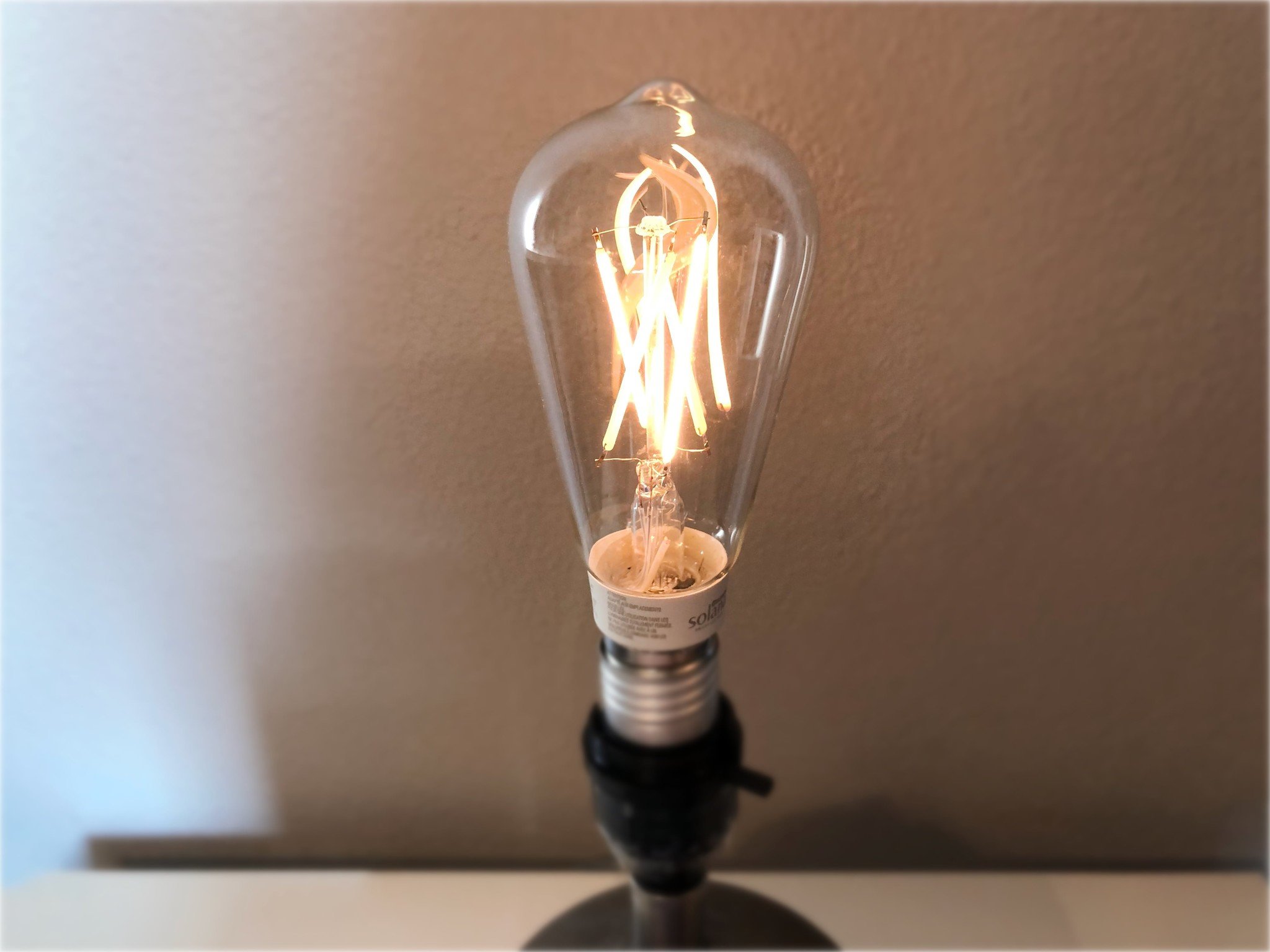
Since the light bulbs have all of the included hardware built right in, and without the need of a hub, installation involved simply screwing them into lamps within my home. Pairing the bulbs was also easy, at least for 2 of the 3 (more on that in a bit), requiring nothing more than creating an account within the Solana app, and selecting them after being found.
Controlling the Solana line via the associated app was pretty standard fare, with familiar sliders and toggle switches controlling power, brightness, and color temperature. Response times for adjustments were swift, with changes able to be seen pretty much instantly. I did not run into any instances where the bulbs failed to respond and they were always available upon launching the app with no delays.
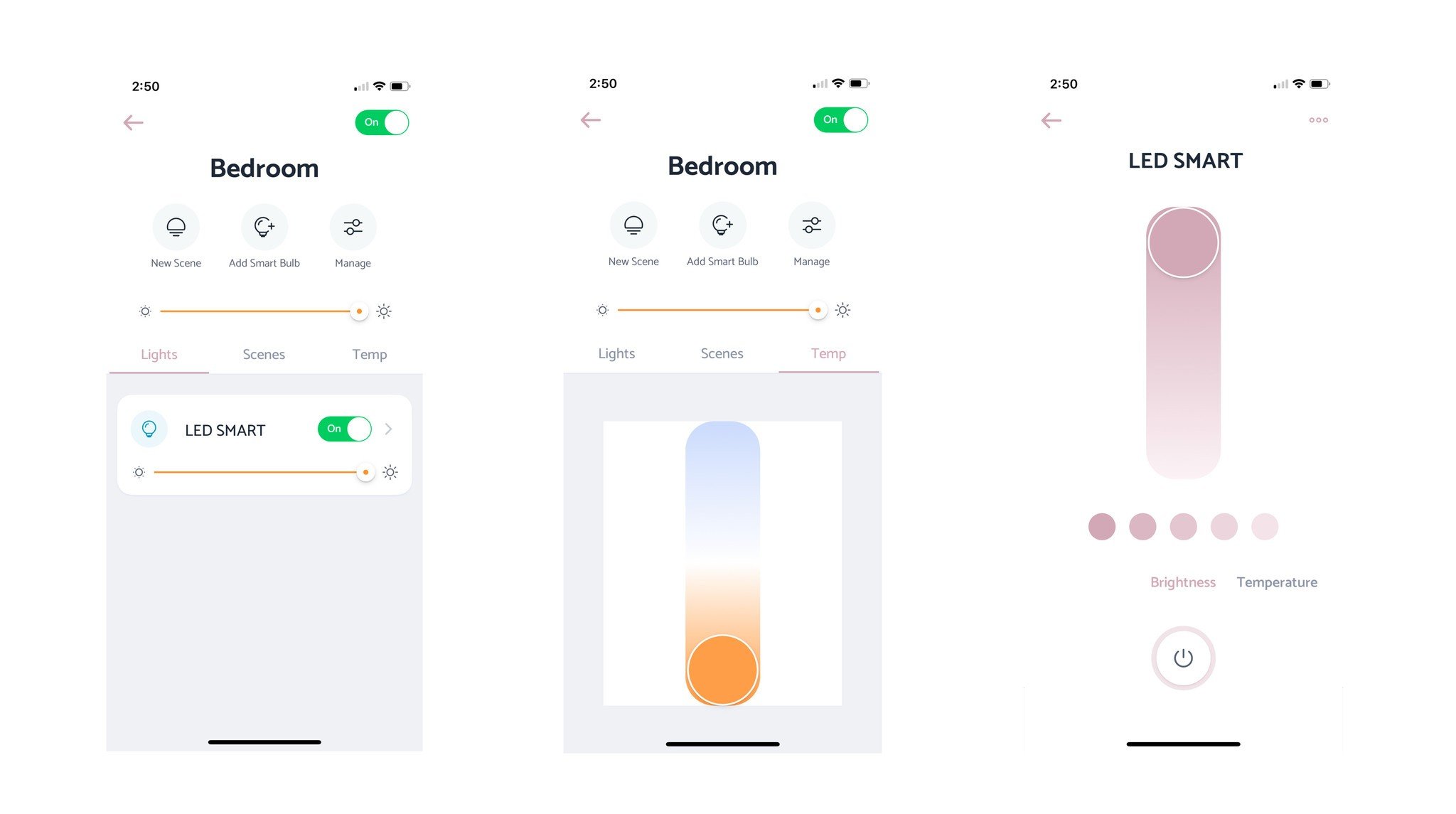
Overall, I found the app to be more than sufficient for day to day usage, with a clean layout and easily accessible controls. The only flaw that I saw with the app was that the group or room controls looked exactly like an individual bulb controls, which may be confusing at first for those just looking to access one bulb.
The actual bulbs themselves produced clean white light, and I liked being able to adjust the color temperature from a softer white or yellow, to the more intense daylight on demand. I enjoyed seeing the filament-like effect from the bulbs, especially at the lower brightness levels, and didn't see any issues with flickering or humming with the lamp with which I tested them. The Solana light bulbs definitely nailed the filament design, instantly giving my lamp a more stylish, industrial look.
2 out of 3
Bulbrite Solana Smart Filament Light Bulb: What I don't like

As I previously mentioned, pairing the Bulbrite Solana Smart Filament Light Bulbs was quick and easy for two out of the three bulbs that I tested. Unfortunately, one bulb when powered on for the first time did not blink rapidly. Instead, it just stayed illuminated, which meant that the Bulbrite Solana app could not see it when attempting to pair it.
To fix this, I had to perform a reset procedure that involved turning on and off the light fixture rapidly a total of five or six times, with a slight one-second pause in between. This wasn't the biggest of deals, but it was strange that one would come like this right out of the box, and it also gives me reason to believe that these bulbs could be reset accidentally if you have house members that like to play with the light switches.
Moving over to the hardware side of things, I found that the bulbs themselves were a little bigger than some of my existing dumb bulbs, especially the ST 18 variant, which is comically large. Granted, these light bulbs are meant to be seen and will more than likely not be used within closed fixtures or lampshades, but it still is something to keep in mind as they could potentially look out of place compared to the size of the socket to which they attach.
I also found that the Bulbrite filament line was a little on the dim side for my tastes, with 600 lumens just not packing enough power to work as area lighting. Even with the "20-watt" difference in the name between the smaller A19 and the larger globe and Edison styles, each of them still output the same maximum brightness level, which is just odd.
Finally, even though the Bulbrite Solana line supports Amazon's Alexa and Google Assistant, it does not support Apple's HomeKit, which is quite a bummer. The bulbs also require an internet connection and a registered account to access them, which means that you could be left in the dark if there is an outage at home, or if the company's cloud service were to experience an interruption. Sure, you can just walk over to the light switch on your wall or flick a button on a lamp to toggle them on or off if worse comes to worst, but I would undoubtedly prefer a local approach for connectivity.
Affordable alternative
Bulbrite Solana Smart Filament Light Bulb: The Bottom Line
The Bulbrite Solana Smart Filament LED Light Bulbs provide all of the connected goodies, like dimming and remote control, without breaking the bank. These bulbs are responsive, easy to set up, and just look plain cool with their on-trend design.
As with anything, there are certainly some downsides to consider, such as their limited brightness output, internet requirement, and lack of HomeKit support. If you can look past these issues, though, then the Bulbrite Solana lineup is definitely one to consider for your next smart upgrade.
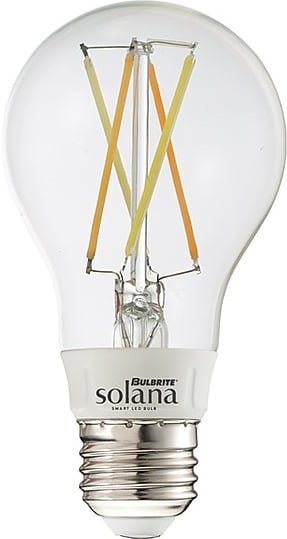
Bottom line: Bulbrite's Solana line offers great looks and convenient controls all at an affordable price. If you are in the market for a stylish alternative to the traditional smart bulb and don't mind missing out on HomeKit, then the Solana bulbs should definitely be on your radar.
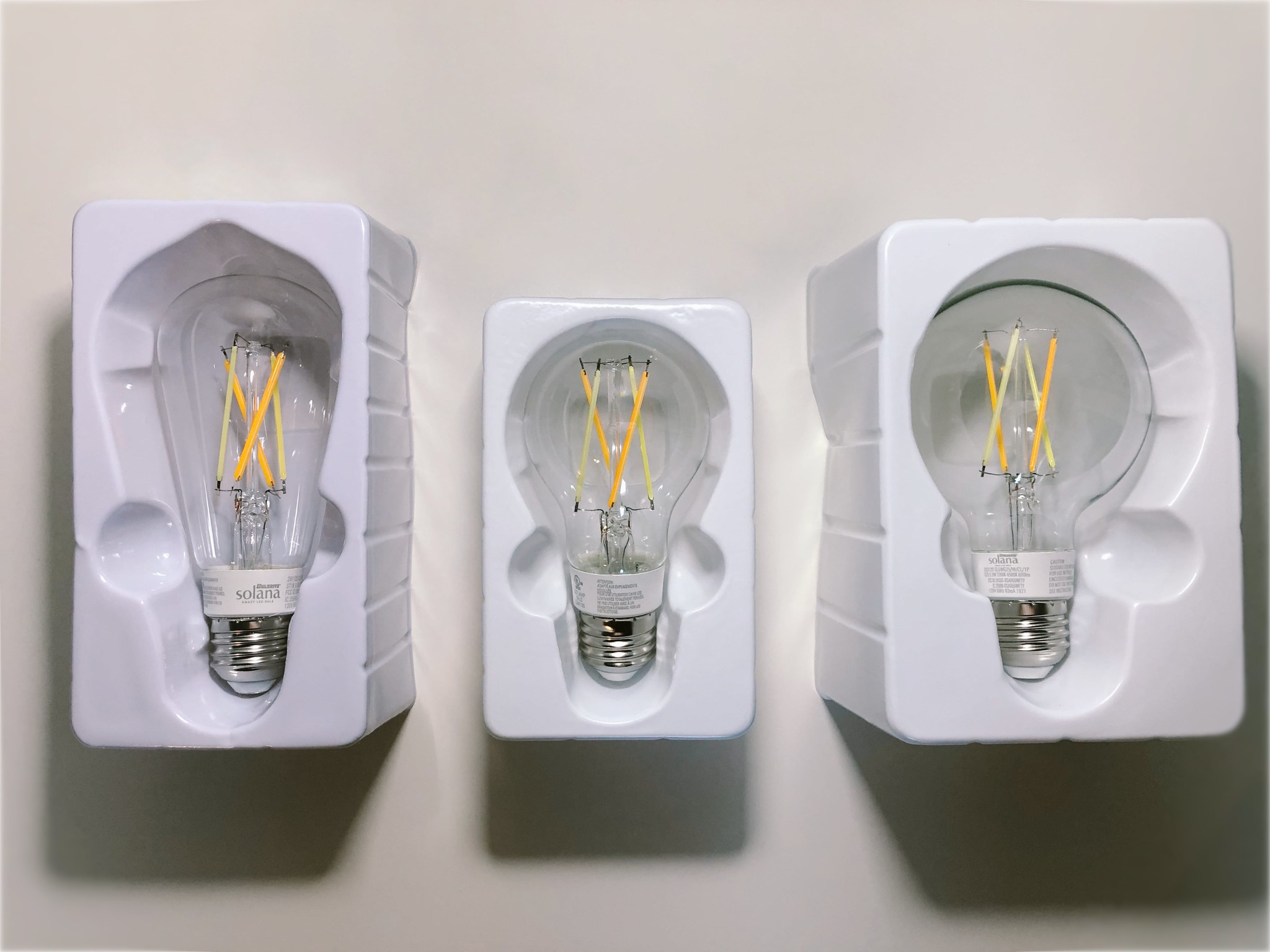
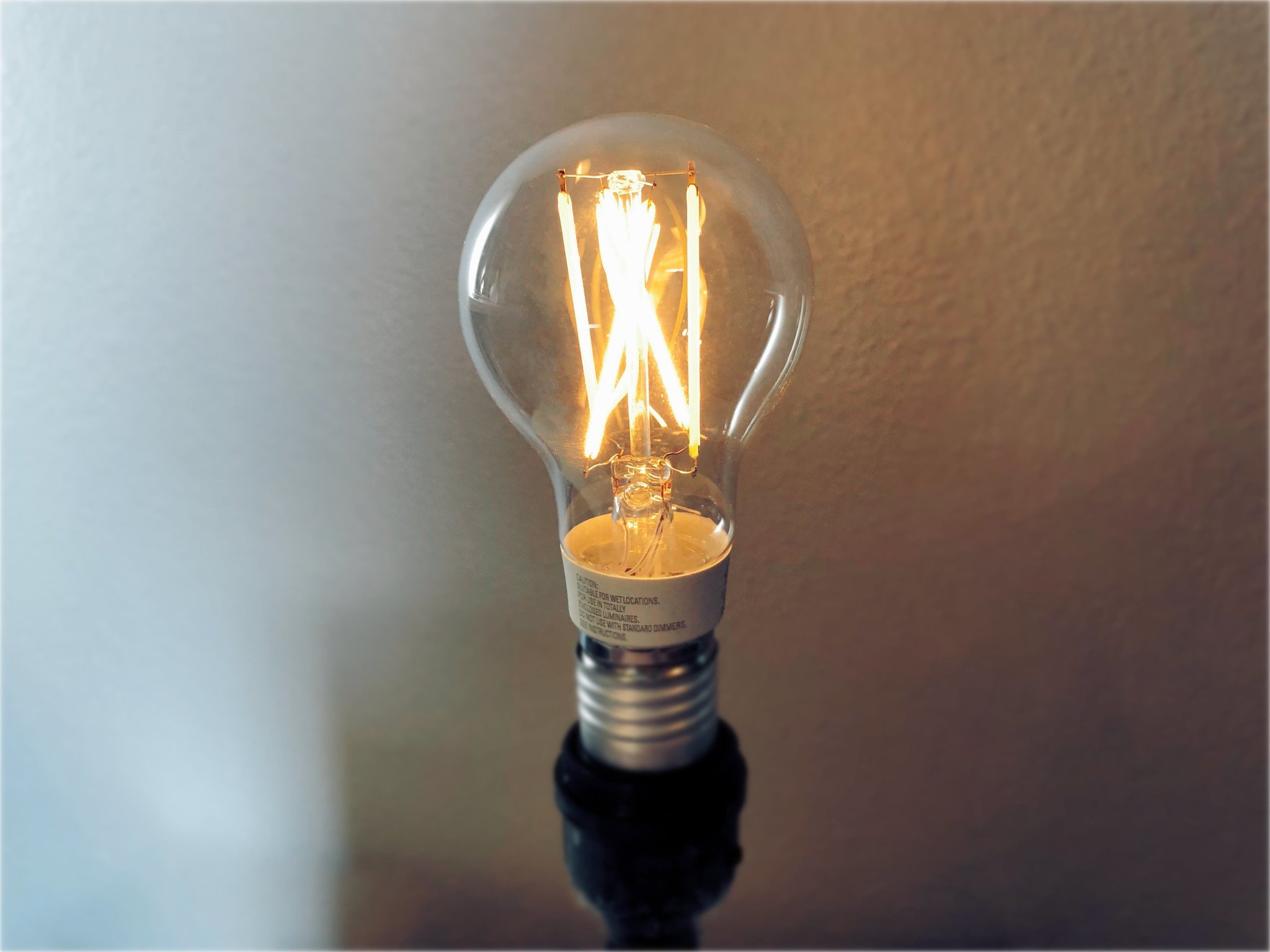

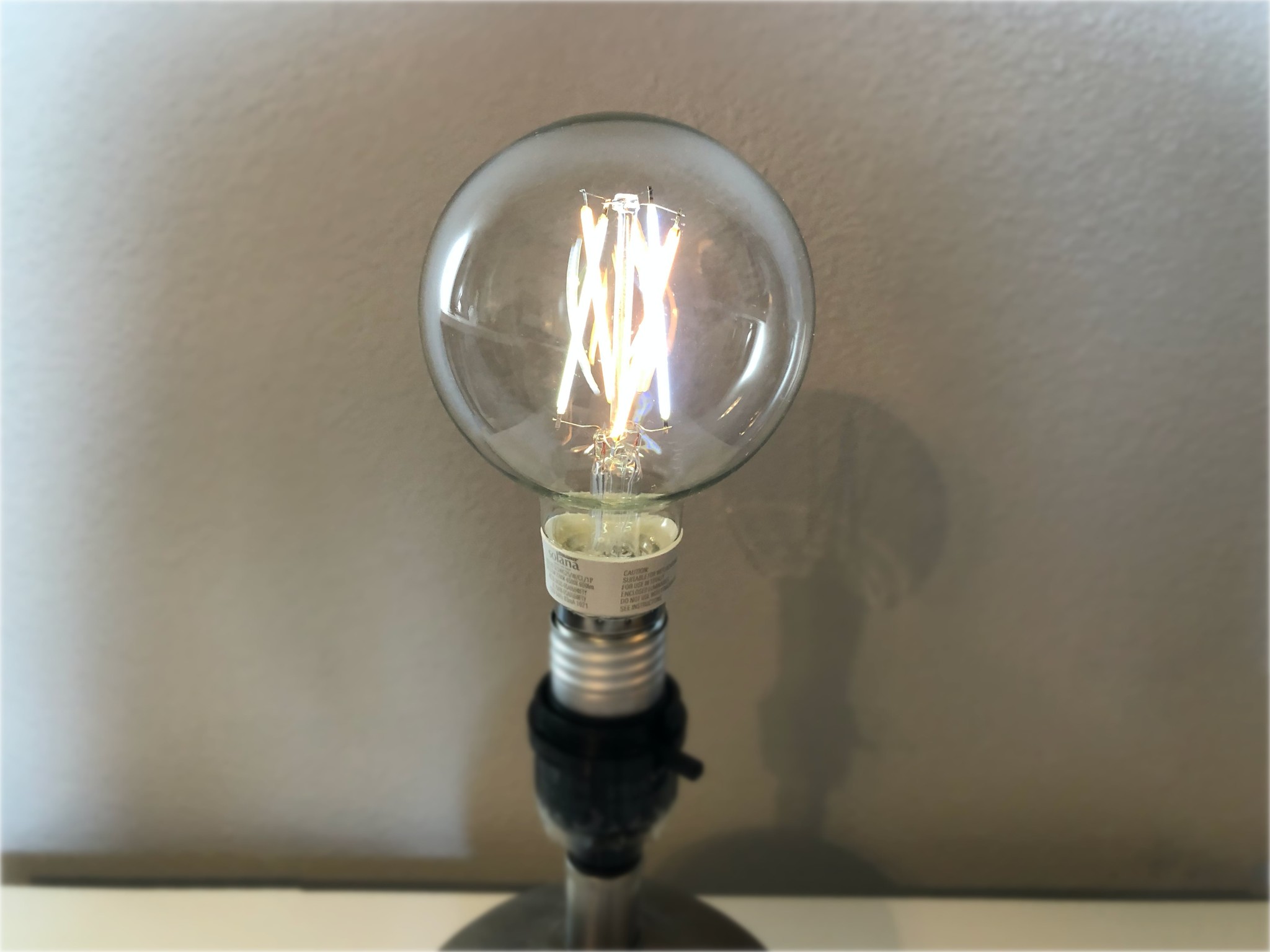

Christopher spends most of his time writing and dreaming about all things HomeKit and the Home app. Whether it is installing smart light switches, testing the latest door locks, or automating his households daily routines, Christopher has done it all.

